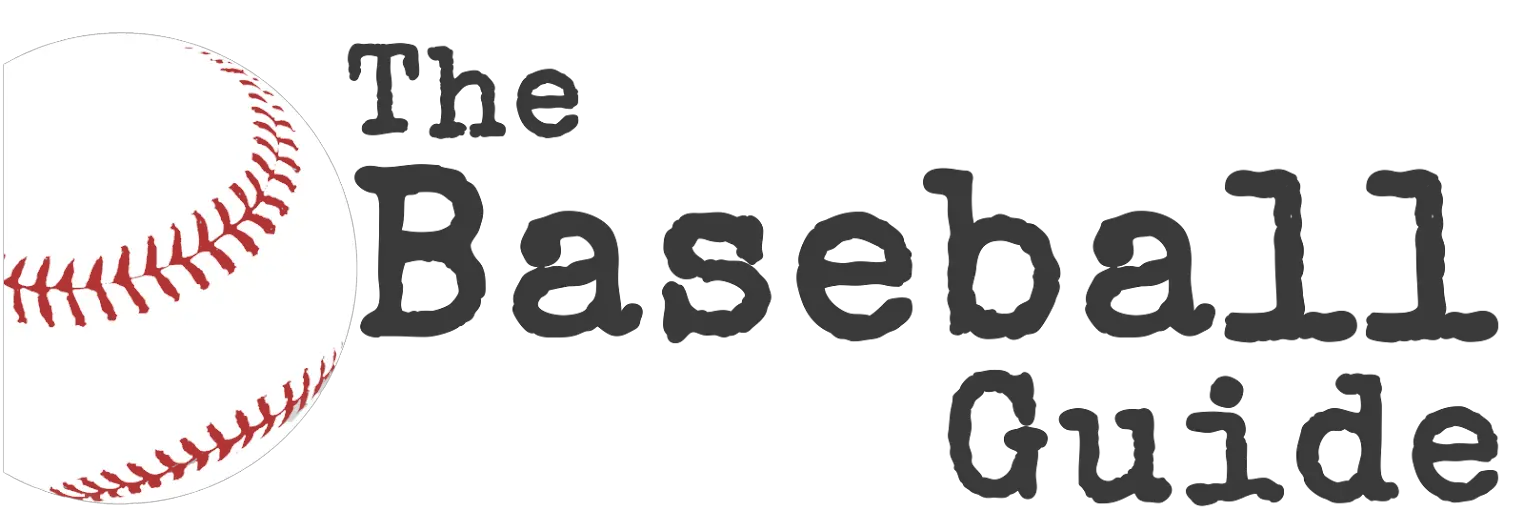In the electrifying world of baseball, each play holds the potential to change the game’s outcome, making precision and skill paramount. However, amidst the high stakes and intense pressure, mistakes are inevitable. This brings us to the concept of an “error,” a moment when the game’s flawless facade is momentarily pierced, revealing that even the most adept players are only human. Explore with us the intricate layers of an error in baseball, a mistake that can turn heroes into mortals on the diamond.
What Is an Error in Baseball?
An error in baseball, also known as a “blunder,” “booted it,” “miscue,” “mishap,” or simply an “E,” is a statistical notation of a fielder’s mistake. This mistake allows a batter or runner to progress one or more bases or retain their turn at bat when they should have been out. Errors encompass various mishaps, from missed catches to poorly thrown balls leading to overthrows or fumbled ground balls. For a play to be deemed an error, it must be one that the fielder could have managed with reasonable effort. Consequently, errors highlight instances where fielders fell short of the expected standard, influencing the outcome of at-bats and potentially the game itself. Particularly, errors can result in unearned runs, scoring due to mistakes that should have led to outs, and these runs do not affect a pitcher’s earned run average (ERA).
How Many Errors Can You Get in Baseball?
In baseball, there is no maximum limit to the number of errors a player or team can commit in a game. Theoretically, a game could have numerous errors, as they depend on the fielders’ actions and judgment during play. However, a high number of errors in a single game or consistently across games indicates a need for better defensive skills or tactics. It’s essential for teams to minimize errors to enhance their chances of winning, as errors directly lead to additional opportunities for the opposing team, such as extending innings or creating scoring opportunities that could have been avoided.
Examples of Error in Baseball
Misplayed Ground Ball:
A common example of an error is when an infielder fails to field a ground ball cleanly, allowing the ball to roll past him or bobbling the ball before he can throw it to first base. This mistake often allows a batter to safely reach base when they otherwise would have been out. The error can be attributed to poor positioning, a lapse in concentration, or difficulty in handling a bounce.
Overthrow:
Another frequent form of error occurs when a fielder, attempting to throw a runner out, overthrows the targeted base. This can result in the runner advancing to an additional base or, in some cases, scoring a run if the ball goes far enough. Overthrows typically happen during high-pressure situations where the fielder rushes the throw, or misjudgment of the throwing distance or angle.
Dropped Fly Ball:
Errors also include outfielders dropping fly balls that should reasonably have been caught. This can occur due to miscommunication between fielders, losing the ball in the sun or lights, or simple mishandling. A dropped fly ball not only allows hitters to reach base but can also enable baserunners to advance, significantly impacting the course of the game.
Missed Tag:
An error can also occur when a fielder fails to apply a tag on a runner who is required to be tagged out. This can happen when a fielder receives the ball in time but misjudges the distance or timing of the tag, allowing the runner to safely reach the base. Missed tags often occur during stolen base attempts or when runners are trying to advance an extra base on a hit.
Catcher’s Interference:
Catcher’s interference is another unique form of error that occurs when a catcher unintentionally hinders the batter’s ability to swing freely. This usually happens when the catcher’s glove comes into contact with the bat during a swing. Despite being relatively rare, catcher’s interference allows the batter to advance to first base, and any runners can advance if forced.
